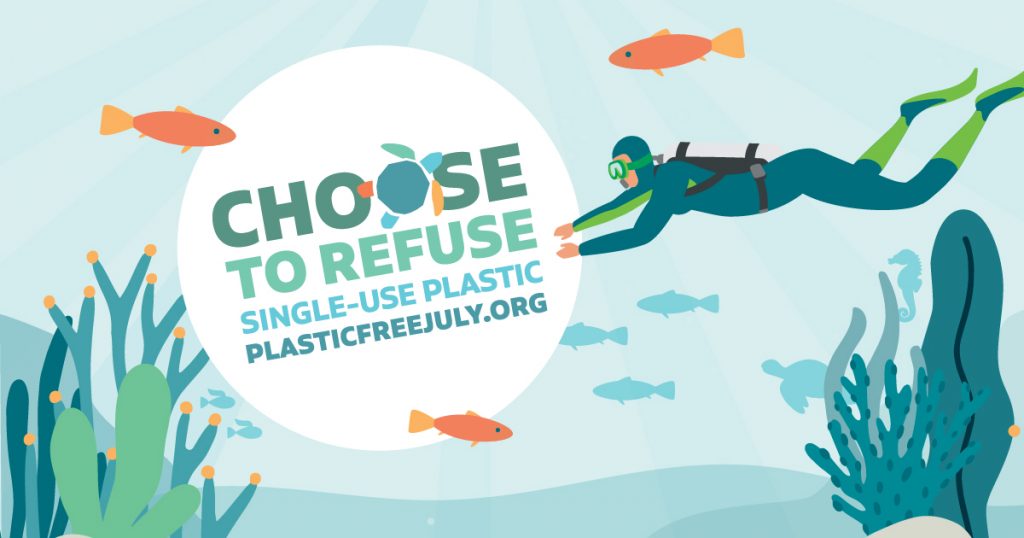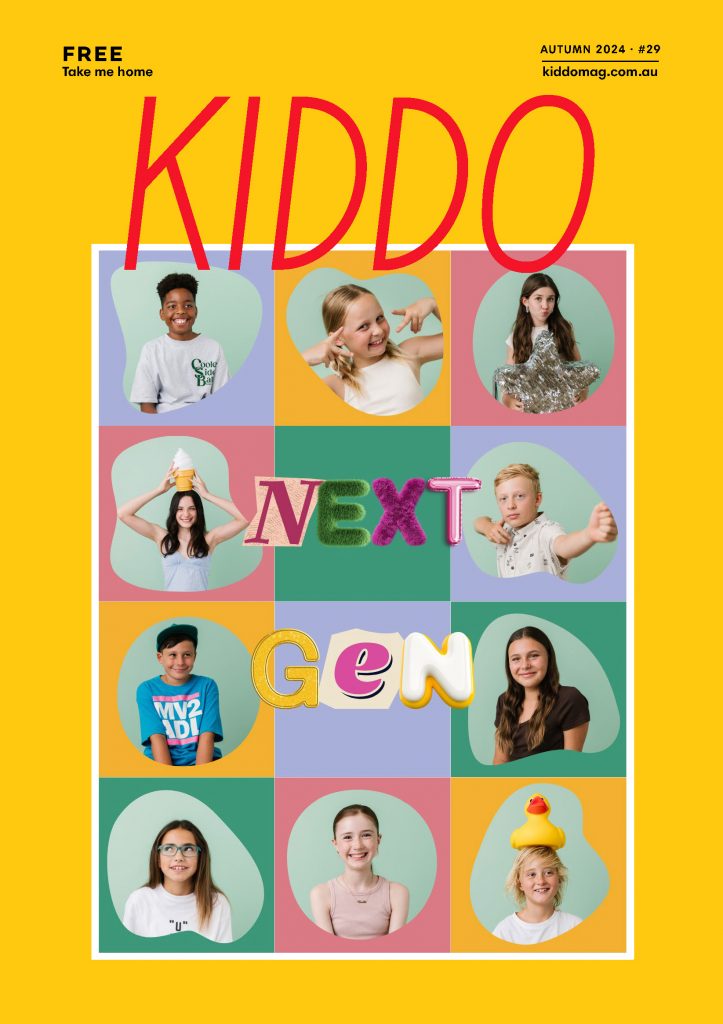Choose to refuse single-use plastic
Plastic Free July is a global movement that helps millions of people be part of the solution to plastic pollution – so we can have cleaner streets, oceans, and beautiful communities; something that so important for not only our own lives, but the lives of future generations. In a perfect world, we would be leaving the planet better than we found it for our kiddos!
Every year millions of people around the globe take part, choosing to ditch single-use plastics and drastically reducing the amount of plastic waste ending up as litter or going to landfill.
Learning to make small changes and integrating these changes into your daily life can be a personal challenge, as part of a global effort; every little bit counts!
The change you try is your plastic free July choice. What will you choose to refuse?
We have 20 top tips for going plastic free!
Tips for going plastic free
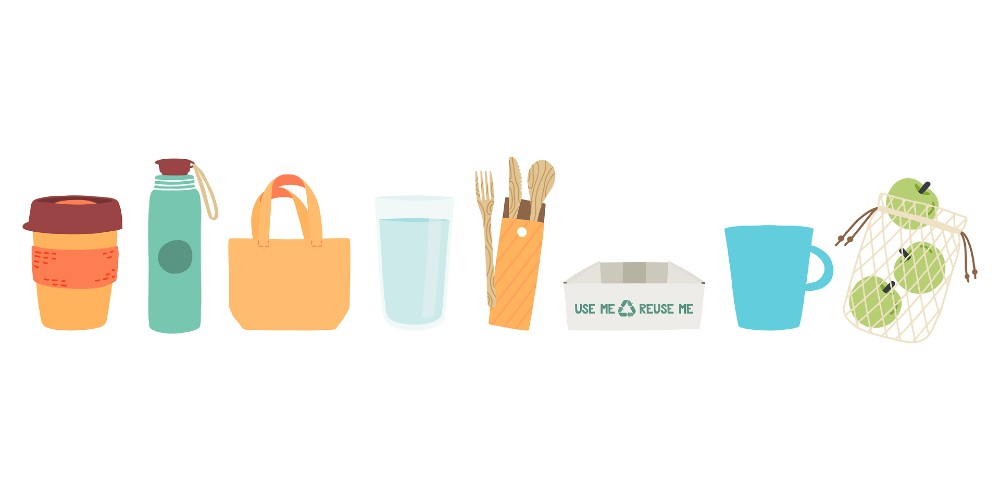
1. BYO bag
Take your own shopping bags to the shops! They don’t have to be canvas if you don’t have any, you can even just reuse plastic bags from your own kitchen cupboard and still help to reduce waste.
Bonus tip: Recycle soft plastics you accumulate in the collection kiosks in Coles and Woollies.
2. Use a thermos or a KeepCup
Single-use coffee cups and lids are among the most common plastic waste items found in the ocean! If you buy takeaway coffee regularly, take your own clean thermos. Some cafe’s even give a discount when you use your own KeepCup.
3. Avoid individually wrapped products
Don’t buy food in pre-portioned packaging, buy in bulk instead! You’ll often find that purchasing products in bulk is cheaper too, so you’re helping your hip pocket as well as the environment.
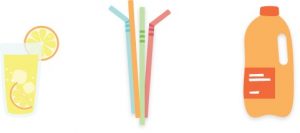
4. Don’t buy fruit and veggies wrapped in plastic
Avoid buying pre-packed or pre-weighed fruits and veggies. You know the kind – cling wrapped bananas on foam trays and the like – unnecessary and wasteful. Instead, choose from the loose section and put them straight in the fruit basket or fridge when you get home. Banana’s are packaged in the skins that nature provided, you don’t need the extra!
5. Swap out the Glad wrap for beeswax wraps or containers
Invest in some good, air tight storage containers that are both microwave and freezer safe. It’s a good idea to have multiple containers in a range of sizes to accommodate for all the different types of food you’ll be storing, as well as snack sized containers for lunch boxes and storing liquids, dressings, and so on. As a major health bonus, the phthalates in plastic wrap are really bad for you, so you’ll be doing yourself, your friends, and family a favour too. You can also get reusable wax-lined cloths that work the same way as glad wrap, and look great too.
6. Buy your meat or cheese from the deli and ask to use your own container
Pre-packaged meat and cheese is usually sold in plastic or styrofoam trays, but if you buy direct from the deli butcher, you can bring your own container to transport your goodies.

7. Have a bottle on hand
Plastic water bottles are one of the most common items in the world. Don’t help perpetuate the market for this ridiculously wasteful product; take your own drink bottle when you’re on the go. Water comes out of the tap for free, so why on earth would you pay for it?!
8. Use your lips, not a straw
Australians use about 10 million single-use plastic straws every day. This adds up to a huge 3.5 billion a year – no wonder they are one of the most common items polluting our otherwise beautiful beaches and harming marine animals! They may seem small and harmless, but single use plastic straws accumulate incredibly quickly over the space of a night out drinking. If you have to drink with a straw, try to reuse it over the course of your night. Even better, invest in a reusable straw, like the stainless steel varieties.
9. Grow your own
Fresh herbs and salad leaves almost always come wrapped in plastic at the supermarket. Try growing your own herbs and salad leaves at home, and get the kiddo’s involved! Kid’s love seeing the fruits of their labour in the garden, and it often has the bonus effect of encourage kids to try fruits and vegetables they haven’t wanted to give a go before.
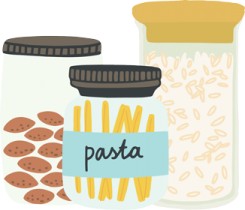
10. Buy refills
Rather than buying a new product each time, start buying refills for your cleaning supplies. If you use one spray bottle a month then that’s 12 spray heads a year that you don’t need. Reuse your spray head wherever possible! This also applies to laundry detergents and fabric softeners. Always refill rather than chuck it away!
11. Swap Razors for reusable alternatives
More and more people are choosing to switch to safety razors, which are generally made of stainless steel and have replaceable blades. While they may be more expensive than disposable razors from the outset, in the long-run they can end up saving you money. Many companies now offer blade refills in card-board boxes, making it a great way to avoid single-use plastic entirely.
12. Choose a solid soap
Making the switch from shower gel to bars of soap is an easy way to reduce consumption of single-use plastics. Bar soaps come in different blends to suit body washing, face wash, shampoo and shaving, so your line-up of bottles may become a line-up of bars.
Some people also go one step further and check the ingredients of the soap to ensure they don’t contain palm oil, which contributes to deforestation.
Bar soap can often be purchased without packaging, especially in bulk food, health, and organic stores. Alternatively, many suppliers use cardboard to package their soap which can be thrown in the compost once used.
13. Choose to have a plastic free period
These days, there are many reusable alternatives to single-use sanitary items. This includes the increasingly popular menstrual cups, which are made by numerous brands and can be purchased online and in many health stores and chemists. These cups are inserted like a tampon, and typically need to be emptied and cleaned out a couple of times a day.
Period underwear and washable cotton pads and liners are also reusable alternatives, again with many brands available to choose from. These work more like pads, and can all be washed in the washing machine.
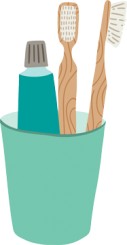
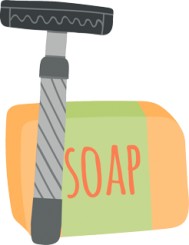
14. Use sustainable dental products
More and more people are choosing toothbrushes are made from sustainable, compostable materials, such as bamboo. Be aware though, bristles are usually still made from plastic, so you’ll need to cut them off before composting or reusing your bamboo toothbrush handle.
Purchasing a toothbrush with a replaceable head can eliminate the need to continually purchase a new plastic brush every few months, too.
When it comes to toothpaste, many health and organic stores sell plastic-free alternatives. There are also recipes available online for making your own.
15. Get creative with your party decorations
With a little bit of creativity, you can easily plan a party that’s free from balloons and other harmful single-use plastics. Popular decorations that can be reused time and time again, include bunting, tassels, tissue pom poms, lanterns, fresh flowers, and more.
Having a theme for your party can help you to draw inspiration for making your own, borrowing or buying reusable party decorations.
With crafting making a comeback, many people find it easy and fun to make decorations from old fabric and scrap paper, too.
Friends and neighbours are a great source of reusable decorations or materials for that home-made creation. Before buying anything, simply put the word out and see what you can borrow.

16. Try natural scents
If you’re a big fan of the air freshener spray can, try out some non-aerosol versions. For extra brownie points, you could even make a DIY room freshener spray, or try burning scented candles, incense, or essential oils instead.
17. Recycle old toys
Recycle old plastic children’s toys. If they’re not broken, don’t throw them away. Consider giving them to a local op shop, daycare, or kindergarten instead. Search for a toy library in your area to borrow from or donate to.
18. Don’t throw away phones
Don’t throw away old mobile phones. Most post offices have a special bin for recycling all mobiles and their accessories. If you can’t find one, look carefully in the box of your new phone – there should be a special recycling postage bag included in which you can place your old phone.
19. Avoid lighters
If you really need a lighter, stop buying plastic lighters. Instead, purchase a packet of matches or a refillable lighter that can be reused again and again.
20. Invest in cloth nappies
According to Zero Waste SA, 800 million disposable nappies end up in Aussie landfill every year, and once there can take 200-500 years to break down. But let’s face it, there’s no perfect, environmentally-friendly solution when it comes to nappies. But generally, cloth nappies are gentler on the Earth and of course, are plastic free.
Choosing a sustainably-produced cloth nappy, line-drying, and reusing the nappies with subsequent children will help decrease your footprint further. Using your cloth collection across multiple babies saves lots of money too! How much of a hassle are cloth nappies? More work than disposables, for sure. But nothing will top the planet-saving feeling you get in return. Oh, and never having to run to the shop for nappies because you’ve run out is excellent.
For more information about Plastic Free July or to register:
